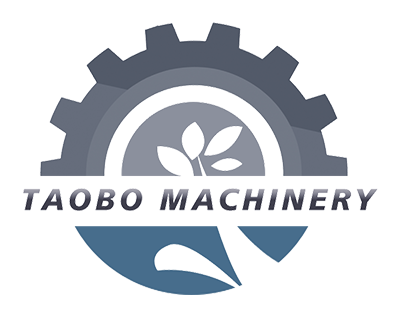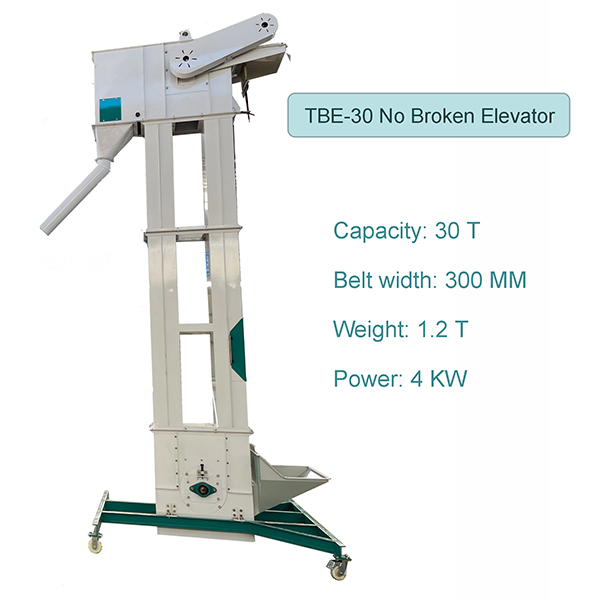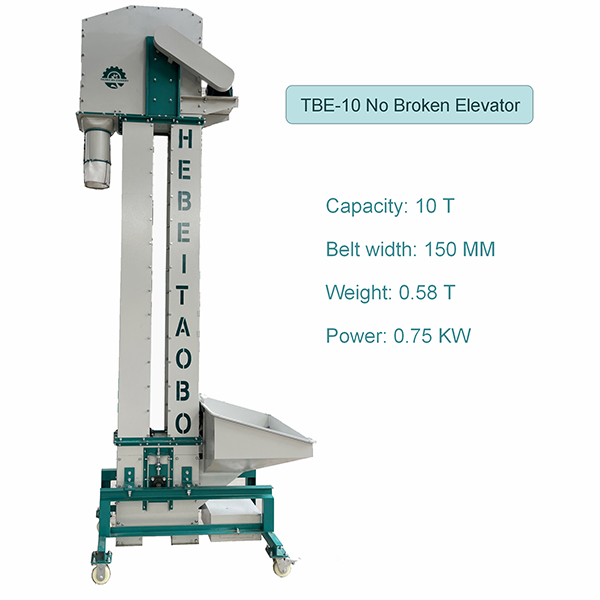Bucket elevator is a fixed mechanical conveying equipment, mainly suitable for continuous vertical lifting of powdery, granular and small materials. It can be widely used in the upgrading of bulk materials in feed mills, flour mills, rice mills and oil plants of various sizes, factories, starch mills, grain warehouses, ports, etc.
Bucket elevators are used to vertically lift lump and granular materials such as limestone, coal, gypsum, clinker, dry clay, etc., as well as powdery materials passing through the crusher. According to the speed of the hopper, it can be divided into three types: centrifugal discharge, gravity discharge and mixed discharge. The centrifugal discharge hopper has a faster speed and is suitable for transporting powdery, granular, small pieces and other low-abrasive materials. The gravity discharge hopper has a slower speed and is suitable for transporting lumpy and larger specific gravity materials. For materials with high abrasiveness, such as limestone, wormwood, etc., the traction components include ring chains, plate chains and lung belts. The structure and manufacture of the chains are relatively simple, and the connection with the hopper is also very strong. When transporting abrasive materials, the wear of the chain is very small but its weight is relatively large. The plate chain structure is relatively strong and lightweight. It is suitable for hoists with larger lifting capacity, but the joints are prone to wear. The structure of the belt is relatively simple, but it is not suitable for conveying abrasive materials. The temperature of ordinary belt materials does not exceed 60°C, the temperature of materials made of steel wire tape can reach 80°C, the temperature of heat-resistant lung belts can reach 120°C, and the temperature of the materials transported by the conveyor belt does not exceed 60°C. Extremely warm to 60°C. Chain and plate chains can reach 250°C.
Features of bucket elevator:
1. Driving force: The driving force is small, using feeding, induction discharge, and dense layout of large-capacity hoppers. There is almost no material return or excavation when lifting materials, so the ineffective power is very small.
2. Lifting range: Wide lifting range. This type of hoist has lower requirements on the type and properties of materials. It can not only upgrade general powdery and small particle materials, but also materials with greater abrasiveness. Good sealing, environmental protection and less pollution.
3. Operational capability: Good operational reliability, advanced design principles and processing methods ensure the reliability of the entire machine operation, with a failure-free time of more than 20,000 hours. High lifting height. The hoist operates metastable and therefore can reach higher lifting heights.
4. Service life: long service life. The feed of the elevator adopts the inflow type, so there is no need to use a bucket to excavate materials, and there is almost no pressure and collision between materials. The machine is designed to ensure that material is rarely scattered during feeding and unloading, thus reducing mechanical wear.
Post time: Sep-19-2023









